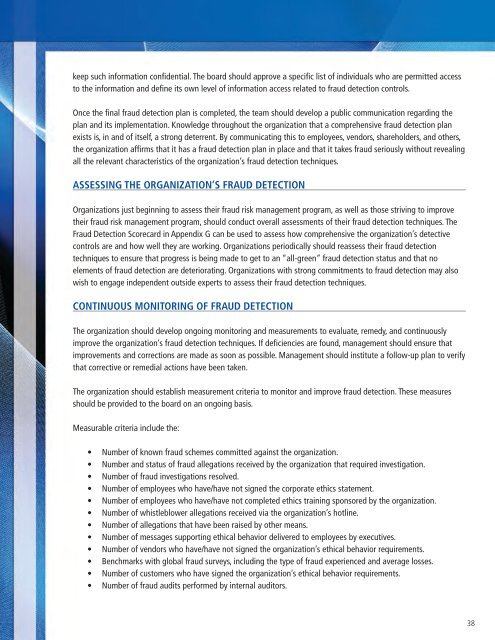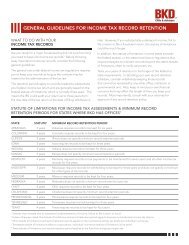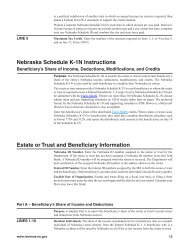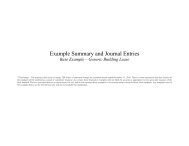acfe fraud prevention check-up - BKD
acfe fraud prevention check-up - BKD
acfe fraud prevention check-up - BKD
- No tags were found...
You also want an ePaper? Increase the reach of your titles
YUMPU automatically turns print PDFs into web optimized ePapers that Google loves.
keep such information confidential. The board should approve a specific list of individuals who are permitted accessto the information and define its own level of information access related to <strong>fraud</strong> detection controls.Once the final <strong>fraud</strong> detection plan is completed, the team should develop a public communication regarding theplan and its implementation. Knowledge throughout the organization that a comprehensive <strong>fraud</strong> detection planexists is, in and of itself, a strong deterrent. By communicating this to employees, vendors, shareholders, and others,the organization affirms that it has a <strong>fraud</strong> detection plan in place and that it takes <strong>fraud</strong> seriously without revealingall the relevant characteristics of the organization’s <strong>fraud</strong> detection techniques.Assessing the Organization’s Fraud DetectionOrganizations just beginning to assess their <strong>fraud</strong> risk management program, as well as those striving to improvetheir <strong>fraud</strong> risk management program, should conduct overall assessments of their <strong>fraud</strong> detection techniques. TheFraud Detection Scorecard in Appendix G can be used to assess how comprehensive the organization’s detectivecontrols are and how well they are working. Organizations periodically should reassess their <strong>fraud</strong> detectiontechniques to ensure that progress is being made to get to an “all-green” <strong>fraud</strong> detection status and that noelements of <strong>fraud</strong> detection are deteriorating. Organizations with strong commitments to <strong>fraud</strong> detection may alsowish to engage independent outside experts to assess their <strong>fraud</strong> detection techniques.Continuous Monitoring of Fraud DetectionThe organization should develop ongoing monitoring and measurements to evaluate, remedy, and continuouslyimprove the organization’s <strong>fraud</strong> detection techniques. If deficiencies are found, management should ensure thatimprovements and corrections are made as soon as possible. Management should institute a follow-<strong>up</strong> plan to verifythat corrective or remedial actions have been taken.The organization should establish measurement criteria to monitor and improve <strong>fraud</strong> detection. These measuresshould be provided to the board on an ongoing basis.Measurable criteria include the:• Number of known <strong>fraud</strong> schemes committed against the organization.• Number and status of <strong>fraud</strong> allegations received by the organization that required investigation.• Number of <strong>fraud</strong> investigations resolved.• Number of employees who have/have not signed the corporate ethics statement.• Number of employees who have/have not completed ethics training sponsored by the organization.• Number of whistleblower allegations received via the organization’s hotline.• Number of allegations that have been raised by other means.• Number of messages s<strong>up</strong>porting ethical behavior delivered to employees by executives.• Number of vendors who have/have not signed the organization’s ethical behavior requirements.• Benchmarks with global <strong>fraud</strong> surveys, including the type of <strong>fraud</strong> experienced and average losses.• Number of customers who have signed the organization’s ethical behavior requirements.• Number of <strong>fraud</strong> audits performed by internal auditors.38


